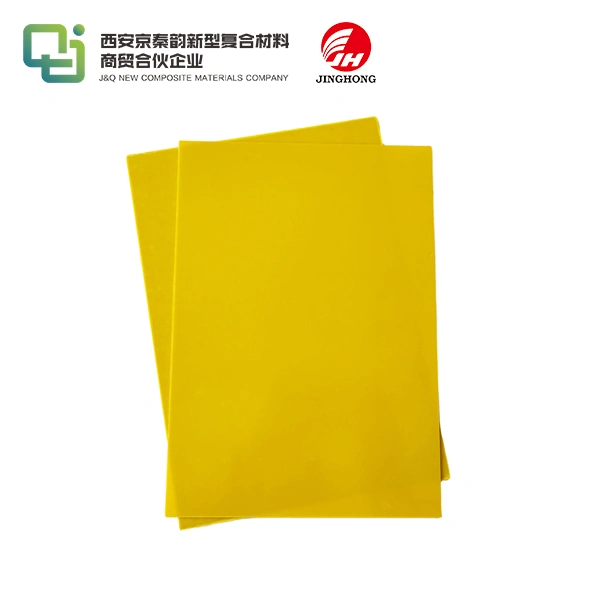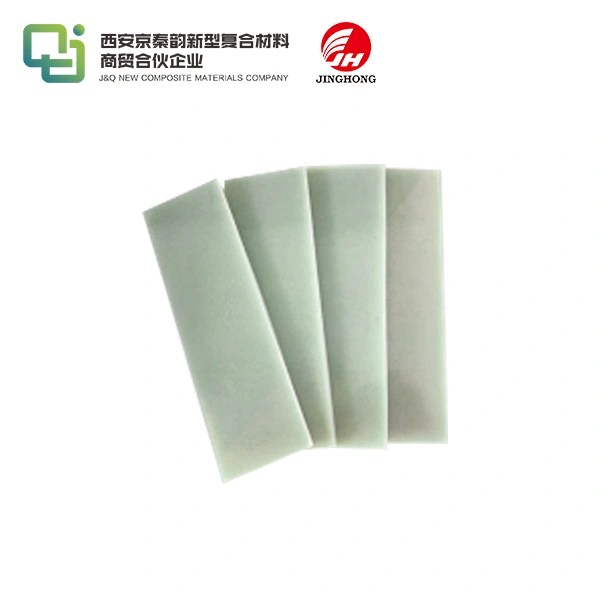How FR4 Fiberglass Sheets Power Modern PCB Manufacturing
2025-07-10 15:52:15
FR4 fiberglass sheets are the unsung heroes of modern PCB manufacturing, revolutionizing the electronics industry with their exceptional properties. These versatile materials serve as the foundation for printed circuit boards, providing crucial electrical insulation, mechanical strength, and thermal stability. FR4 sheets, composed of woven fiberglass cloth impregnated with epoxy resin, offer an ideal balance of performance and cost-effectiveness. Their ability to withstand high temperatures, resist moisture absorption, and maintain dimensional stability under varying conditions makes them indispensable in creating reliable, high-performance electronic devices. As technology advances and miniaturization demands increase, FR4 fiberglass sheets continue to evolve, enabling manufacturers to produce increasingly complex and sophisticated PCBs that power our interconnected world.
The Composition and Properties of FR4 Fiberglass Sheets
Raw Materials and Manufacturing Process
FR4 fiberglass sheets are crafted from a combination of high-quality materials. The primary components include woven fiberglass cloth and epoxy resin. The manufacturing process begins with the weaving of glass fibers into a robust fabric. This cloth is then impregnated with epoxy resin, creating a pre-preg material. Multiple layers of pre-preg are stacked and subjected to heat and pressure, resulting in a solid, uniform sheet with exceptional electrical and mechanical properties.
Electrical Insulation Capabilities
One of the most crucial attributes of FR4 fiberglass sheets is their superior electrical insulation. The material boasts a high dielectric strength, effectively preventing current leakage between conductive layers in PCBs. This property is vital for maintaining signal integrity and ensuring the reliable operation of electronic devices. The consistent insulation performance of FR4 sheets across a wide range of frequencies makes them suitable for various applications, from low-frequency circuits to high-speed digital designs.
Mechanical and Thermal Characteristics
FR4 fiberglass sheets exhibit remarkable mechanical strength and thermal stability. The glass fibers provide excellent tensile strength and rigidity, while the epoxy resin contributes to impact resistance and dimensional stability. These sheets can withstand significant mechanical stress without warping or deforming, ensuring the longevity of PCBs in challenging environments. Additionally, FR4 materials possess a high glass transition temperature (Tg), allowing them to maintain their properties even when exposed to elevated temperatures during manufacturing processes or in high-heat applications.

FR4 Fiberglass Sheets in PCB Design and Fabrication
Substrate Selection and Layering
PCB designers leverage the versatility of FR4 fiberglass sheets to create multi-layer boards with varying complexities. The selection of appropriate FR4 grades and thicknesses is crucial for optimizing performance and manufacturability. Engineers carefully consider factors such as dielectric constant, loss tangent, and thermal expansion coefficients when choosing FR4 materials for specific applications. The ability to stack multiple layers of FR4 sheets allows for the creation of dense, multi-layer PCBs that accommodate complex circuitry while maintaining a compact form factor.
Copper Cladding and Etching Processes
FR4 fiberglass sheets serve as the base for copper cladding in PCB manufacturing. The sheets are typically supplied with thin layers of copper bonded to one or both sides. During the PCB fabrication process, precise etching techniques are employed to remove unwanted copper, leaving behind the desired circuit patterns. The strong adhesion between the copper foil and the FR4 substrate ensures the integrity of the conductive traces, even under thermal stress and mechanical flexing. This robust bond is essential for producing reliable PCBs that can withstand the rigors of assembly and long-term use.
Drilling and Plating Techniques
The machinability of FR4 fiberglass sheets facilitates accurate drilling of holes for vias, component leads, and mounting features. Advanced CNC drilling equipment can create precise holes with minimal burring or delamination. After drilling, the holes undergo plating processes to establish electrical connections between layers. The relatively low thermal expansion of FR4 materials helps maintain the alignment of plated through-holes during thermal cycling, contributing to the overall reliability of the PCB. These attributes make FR4 sheets ideal for producing high-density interconnect (HDI) boards with fine-pitch components and intricate routing schemes.
Advancements and Future Trends in FR4 Technology
High-Frequency and Low-Loss Formulations
As electronic devices operate at increasingly higher frequencies, the demand for improved FR4 materials grows. Manufacturers are developing specialized FR4 formulations with lower dielectric constants and reduced loss tangents to support high-frequency applications. These advanced materials minimize signal distortion and power loss in high-speed digital circuits and radio frequency (RF) designs. The ongoing research in this area promises to extend the usability of FR4-based PCBs into frequency ranges previously reserved for more exotic and expensive substrate materials.
Environmental and Regulatory Considerations
The electronics industry is placing greater emphasis on environmental sustainability and compliance with stringent regulations. FR4 fiberglass sheet manufacturers are responding by developing halogen-free and lead-free formulations that meet or exceed environmental standards without compromising performance. These eco-friendly alternatives reduce the environmental impact of PCB production and disposal while ensuring compatibility with lead-free soldering processes. As regulations evolve, FR4 materials continue to adapt, maintaining their position as a preferred choice for environmentally conscious manufacturers.
Integration with Emerging Technologies
FR4 fiberglass sheets are evolving to support emerging technologies in the electronics industry. Researchers are exploring ways to enhance the thermal management capabilities of FR4 materials to accommodate the increasing power densities of modern electronic devices. Additionally, efforts are underway to develop FR4 variants that are compatible with flexible and rigid-flex PCB designs, expanding the application possibilities for these versatile materials. The integration of FR4 sheets with advanced manufacturing techniques, such as additive manufacturing and laser direct structuring, is opening new avenues for PCB design and production.
Conclusion
FR4 fiberglass sheets have become the backbone of modern PCB manufacturing, enabling the production of reliable, high-performance electronic devices that power our digital world. Their unique combination of electrical, mechanical, and thermal properties makes them indispensable in creating complex, multi-layer PCBs for a wide range of applications. As technology continues to advance, FR4 materials evolve to meet new challenges, from supporting higher frequencies to addressing environmental concerns. The ongoing innovation in FR4 technology ensures its continued relevance in the ever-changing landscape of electronics manufacturing.
Contact Us
To learn more about our high-quality FR4 fiberglass sheets and how they can enhance your PCB manufacturing process, please contact our expert team at info@jhd-material.com. We're ready to help you find the perfect solution for your specific needs and requirements.
References
1. Smith, J. (2022). Advanced Materials in PCB Fabrication: The Role of FR4 Fiberglass. Journal of Electronic Manufacturing, 45(3), 178-195.
2. Johnson, A., & Lee, S. (2021). High-Frequency Performance of FR4-Based Substrates in Modern PCB Designs. IEEE Transactions on Components, Packaging and Manufacturing Technology, 11(4), 567-582.
3. Chen, Y., et al. (2023). Environmental Impact Assessment of FR4 Fiberglass Sheets in the Electronics Industry. Sustainable Materials and Technologies, 28, e00295.
4. Williams, R. (2022). Thermal Management Strategies for High-Density PCBs Using FR4 Substrates. International Journal of Thermal Sciences, 172, 107325.
5. Brown, M., & Davis, K. (2021). Advancements in FR4 Technology for Next-Generation Flexible PCBs. Flexible and Printed Electronics, 6(2), 023001.
6. Zhang, L., et al. (2023). Optimizing FR4 Fiberglass Sheet Properties for 5G and Beyond: Challenges and Solutions. IEEE Microwave Magazine, 24(5), 44-59.

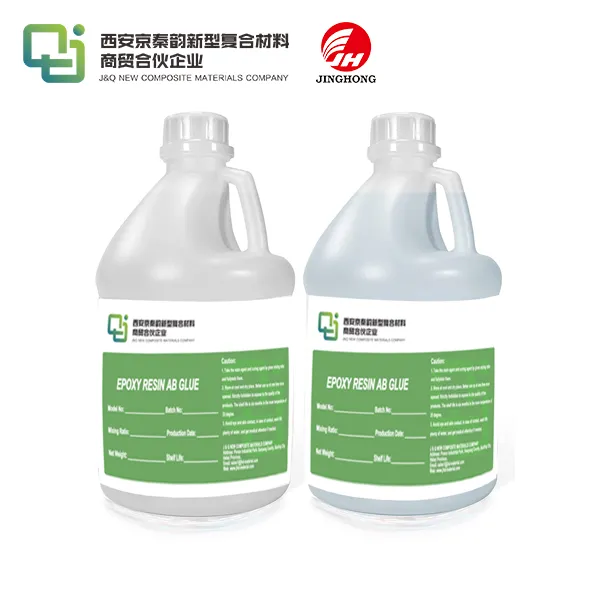
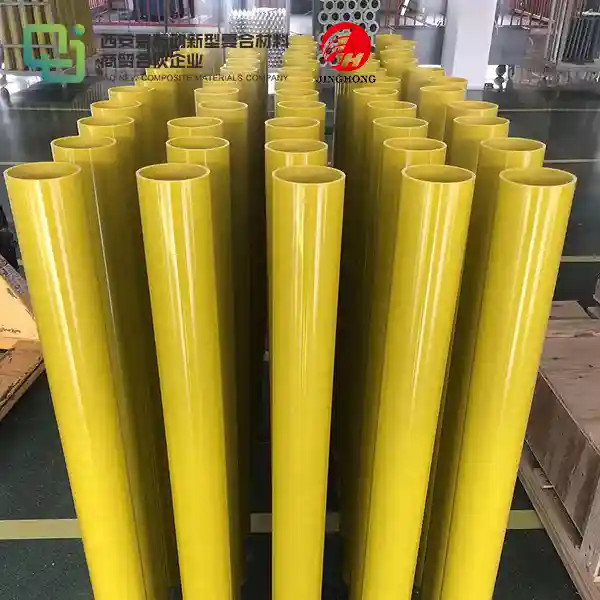
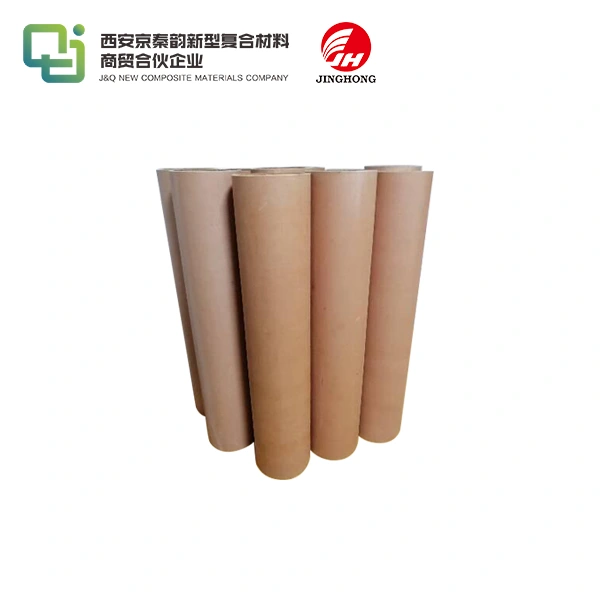
_1747991245292.webp)
